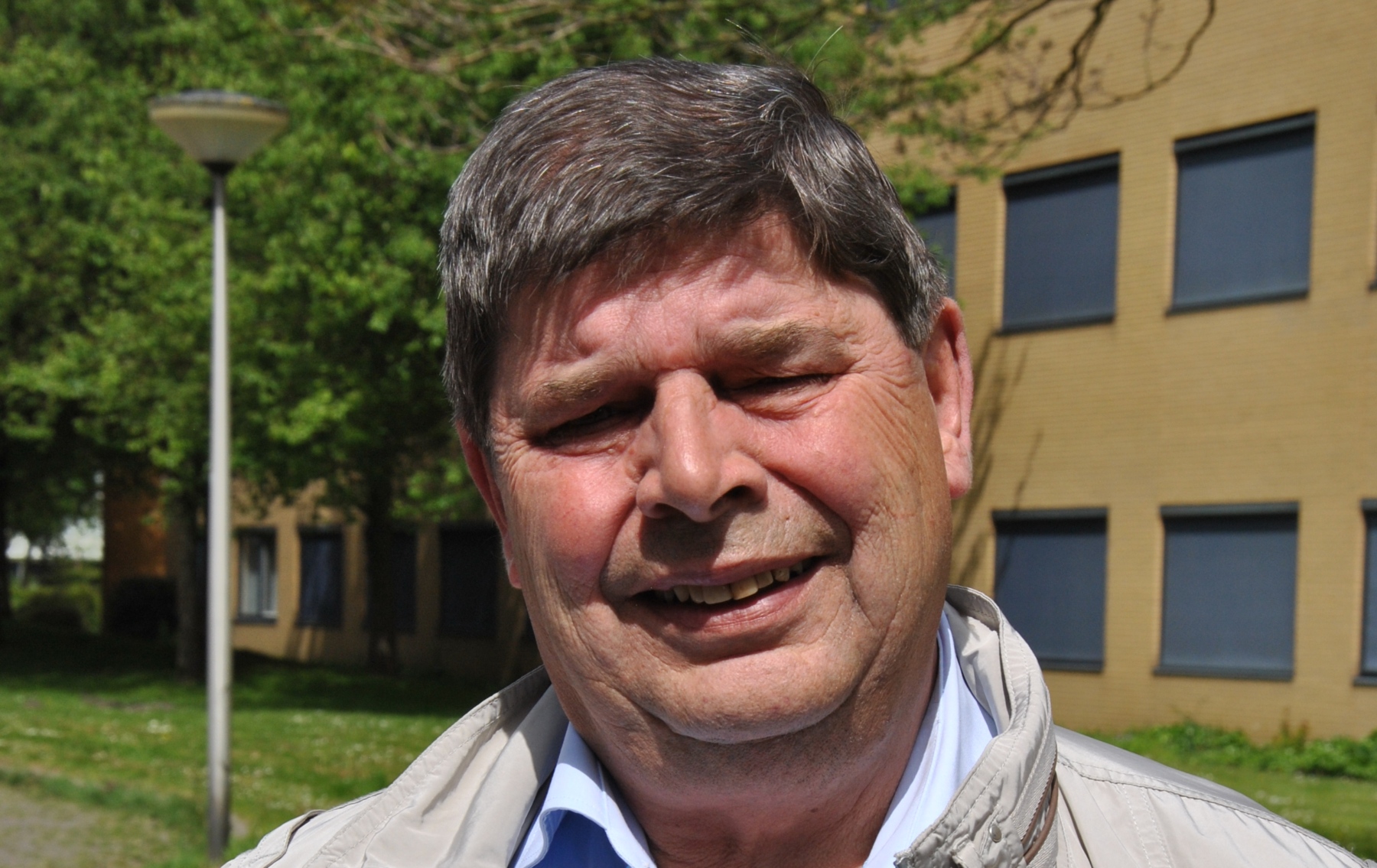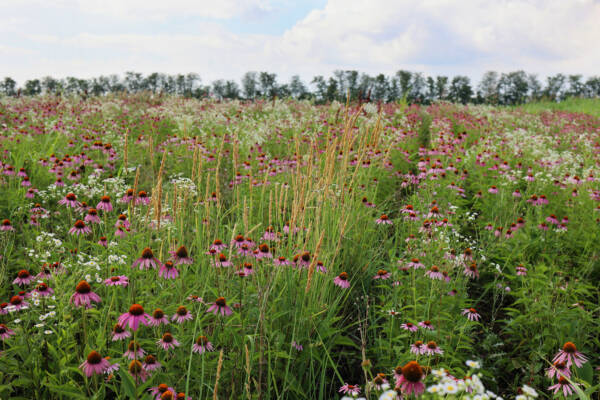It is pretty easy to start a horticultural business, and that’s one of the strengths of our industry. Conversely, closing a business can be a difficult and challenging task. But that is food for thought for another story, writes Jaap Kras.
While in protected cropping, the estimated cost to build a new greenhouse can range from one million per hectare for a standard model or from €2 million or more for a state-of-the-art glasshouse. New business development can still be more straightforward -even if you do not have much money.
A few years ago, I spoke with my good old friend, Jaap Leenen, who runs V.O.F. Leenen & Zn. , the last narcissus breeder in the Netherlands.
He explained that a budding entrepreneur should first start by scanning the 670 or so plant families in the world to select those members who will help create exclusivity on the market. Often, these bulb products can be grown in the field. Of course, you need to maintain your crop and rent a piece of land. And even if the harvest is seasonal, these crops can make enough money for a living.
Is it so easy? The answer is no. And that is no surprise if you consider running a flower farm or plant nursery it is no walk in the park. It comes with challenging endeavours.
To become a successful flower farmer, you will have to work long days and contend yourself with an income per hour that is extremely low when compared to other specialists such as lawyers, dentists, accountants, or civil servants.
A successful flower farmer has long accepted that his business is weather-sensitive with cut flowers that don’t preserve Sunday rest and need harvesting seven days a week. Besides adverse weather conditions, the market’s vagaries, pests and diseases are always ready to hit your crop unexpectedly.
Even a relatively small temperature change can influence your income dramatically. Just think of sudden warm and sunny spring weather in the Netherlands, which can cause Easter tulips to burst into bloom prematurely, followed mainly by oversupply, low prices, empty greenhouses and missed peak sales.
The situation can also happen in, for example, Colombia or Ecuador, with rose farmers gearing up the Valentine’s Day peak sales when an unexpected cold spell can kill their flowers. Gone is their income.
(Flower) farming is an unpredictable business, and most entrepreneurs realise that weather conditions can still take them by surprise, no matter how well they listened to the weather forecast and followed the daily news.
To fight external threats adequately, the farmer has only one weapon: increase your harvest, your number of flowers per m², your quantity per hectare, your litres of milk per cow.
Clever economists explain to us how stupid we are and warn farmers about the pig cycle. Well, farmers had known about the pig cycle long before the economy as a science existed. But can these clever economists also offer farmers a better alternative, or can they explain to them what to do better?
At present, the irony of the global health crisis is that there has never been such a long period of high prices for flowers and (bedding) plants. Demand is higher than supply, and this is every grower’s dream. I have been checking the prices for flowers and plants since I was 11 years old.
In 1961, I started to work on a nursery in Roelofarendsveen spanning one hectare grown with flowers and vegetables. The company operated two glasshouses, one rolling one on wheels totalling 3,000m² and the rest open field. I can’t remember when flower prices were so high; even last summer, the prices were excellent.
When prices are high, growers have a much better, more optimistic feeling than when the prices are too low. So the mindset of a grower also changes with the weather and the profits or losses they make: the high ups and deep downs continuously change from day to day.
According to this pig cycle behaviour, growers always consider to investing their profits in expanding their nursery – more glasshouses and better equipped. The question we should ask ourselves today is – how to prepare for the future?
The coronavirus pandemic will end sooner or later, followed by the usual ups and downs in the market.
The peak February-to-May cut flower season brings 60 per cent or more of the income for the whole calendar year. If a grower decides to invest today based on the results of the last 16 months, he invests for a period to come where price developments go as pre-Covid.
In the past, we noticed that when chrysanthemums yielded reasonable prices, the following year, these chrysanthemum growers expanded so much that years later, the supply was higher than the demand.
You can see similar examples with tulips, alstroemeria, iris, lily and recently peonies. Based on this knowledge, perhaps growers can consider using their profits to pay their debts and their banks to become more independent. Alternatively, to invest in quality schemes.
It is no secret that one of the main reasons for being self-employed is to live an independent life. And we also know that in the end quality products will yield better prices in the market.






























